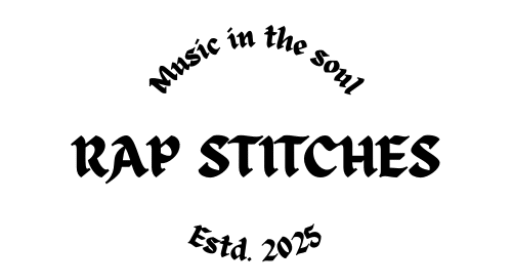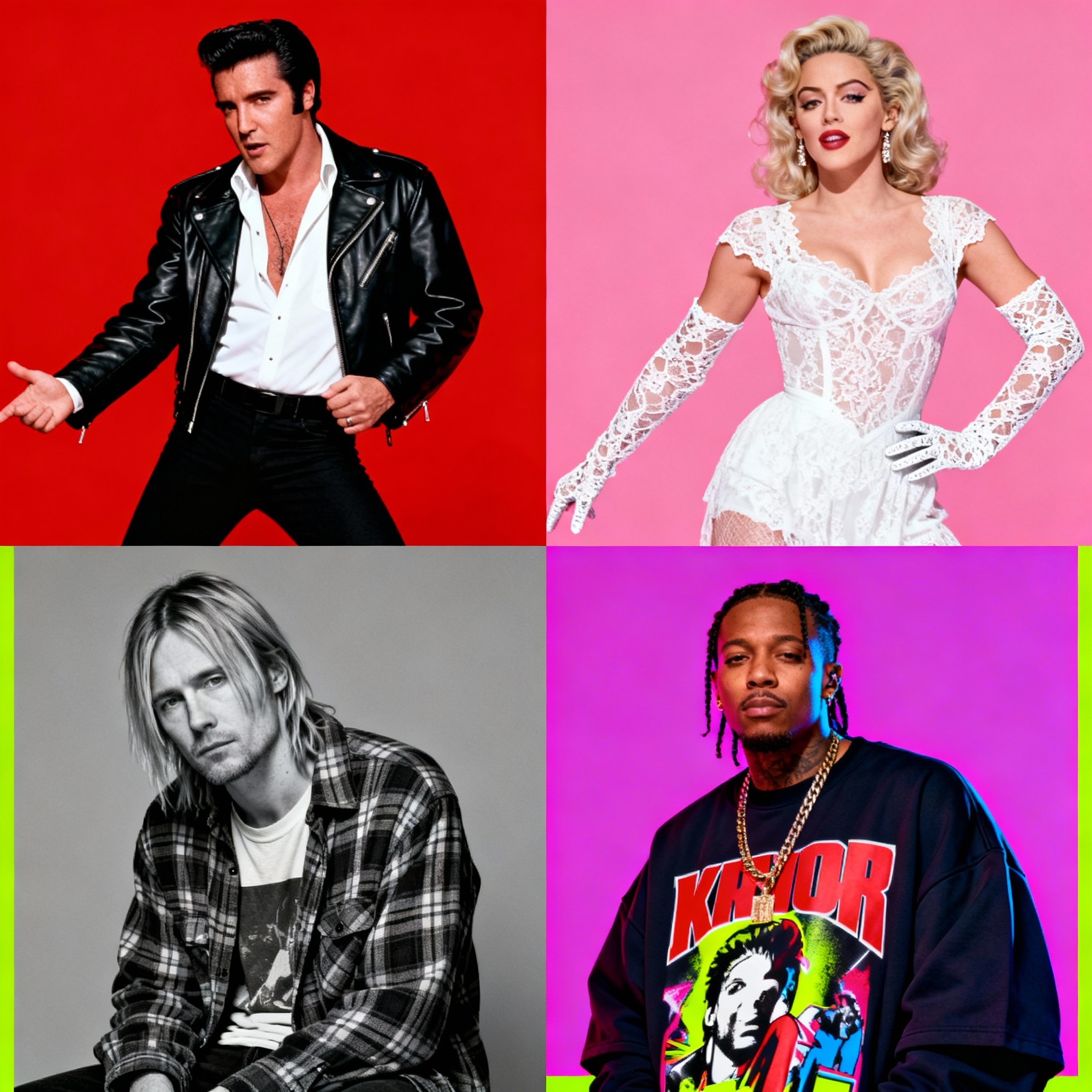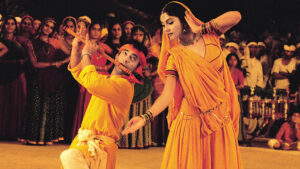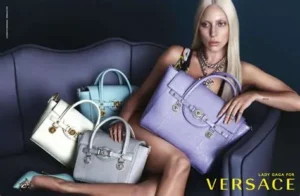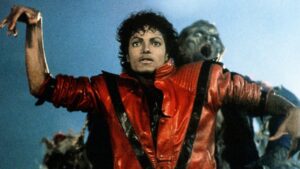Introduction
Music and fashion have shared an inseparable bond throughout history, with musicians serving as powerful catalysts for style movements that transcend stages and permeate everyday wardrobes worldwide. From the rebellious leather jackets of rock pioneers to the oversized silhouettes of contemporary hip-hop artists, musical icons continue to redefine how we express ourselves through clothing, creating cultural movements that challenge conventions and inspire generations.
The Power of Musical Fashion Icons
The relationship between music and fashion operates as a dynamic cultural force where artists don’t merely wear clothes—they create visual languages that communicate their artistic vision and connect with audiences on deeper levels. Elvis Presley’s iconic black leather jacket from his 1968 NBC television comeback special remains one of fashion’s most enduring symbols, representing the intersection of rebellion and sophistication that defined rock ‘n’ roll style. His earlier looks, featuring Cuban collar shirts, high-waisted pegged trousers, and two-tone shoes, established the rockabilly aesthetic that continues to influence menswear today.
Madonna’s fingerless lace gloves became synonymous with 1980s pop culture, transforming from simple accessories into powerful symbols of rebellious femininity. Her strategic use of lingerie as outerwear, particularly the iconic “Boy Toy” belt from her 1984 MTV Video Music Awards performance, challenged conventional notions of appropriate dress and established trends that defined an entire decade. The Material Girl’s fashion evolution demonstrated how musicians could use clothing as armor and statement simultaneously, creating looks that were both provocative and empowering.
Kurt Cobain’s grunge aesthetic fundamentally challenged traditional masculinity through fashion. His signature look of oversized cardigans, ripped jeans, and flannel shirts wasn’t merely a style choice—it was a deliberate rejection of the polished excess of 1980s fashion. Cobain’s approach to dressing, characterized by thrift store finds and gender-bending elements including floral dresses and nail polish, helped normalize androgynous expression decades before it became mainstream.
Genre-Driven Fashion Movements
Different musical genres have created distinct fashion languages that reflect their cultural values and artistic philosophies. Punk rock’s DIY aesthetic transformed ripped clothing, safety pins, and metal studs into symbols of anti-establishment rebellion. The movement, spearheaded by figures like Vivienne Westwood and embraced by bands like the Sex Pistols, used fashion as a form of protest, with deliberately torn fabrics and provocative imagery challenging mainstream society’s values.
Hip-hop culture revolutionized fashion by elevating streetwear to high fashion status. The genre’s emphasis on oversized silhouettes, statement sneakers, and luxury brand integration created a new aesthetic language that celebrated both comfort and conspicuous consumption. Artists like Run-D.M.C. pioneered the fusion of athletic wear with street style, famously name-dropping Adidas in their music and establishing sneakers as essential fashion statements.
Jazz era fashion established the foundation for music’s influence on style. The 1920s jazz movement didn’t just change music—it liberated fashion from Victorian constraints, inspiring flapper dresses with dropped waistlines and shorter hemlines that allowed freedom of movement for energetic dances like the Charleston. For men, jazz culture established the sophistication of tailored suits paired with fedoras, creating a template for masculine elegance that endures today.
Modern Fashion Revolutionaries
Contemporary artists continue pushing fashion boundaries in ways that challenge traditional gender norms and beauty standards. Harry Styles has emerged as a leading voice in gender-fluid fashion, making history as the first solo male to grace the cover of American Vogue while wearing a Gucci gown. His approach to fashion reflects a philosophy that clothing should have no boundaries, telling Vogue, “When you take away ‘there’s clothes for men and there’s clothes for women,’ once you remove any barriers, obviously you open up the arena in which you can play”.
Billie Eilish’s oversized aesthetic represents a powerful rejection of conventional beauty standards and the sexualization of young female artists. Her deliberate choice to wear baggy clothing serves multiple purposes: challenging body image pressures, asserting control over her public persona, and creating a unique visual identity that prioritizes comfort and authenticity over traditional glamour. Eilish’s influence has inspired countless young people to embrace individuality over conformity.
Lil Nas X exemplifies theatrical fashion as cultural commentary. His bold style choices, from neon-green suits inspired by Prince to elaborate cowboy ensembles, demonstrate how fashion can be used to challenge stereotypes and expand definitions of masculinity. His experimental approach to menswear, featuring everything from sequined outfits to gender-bending elements, positions him as a modern pioneer in pushing fashion boundaries.
The Kanye West Phenomenon
Kanye West’s Yeezy empire represents perhaps the most successful fusion of music and fashion in contemporary culture. His aesthetic vision, characterized by muted earth tones, oversized silhouettes, and utilitarian design elements, has fundamentally reshaped both streetwear and luxury fashion. West’s influence extends beyond clothing to sneaker culture, where his Yeezy designs have redefined athletic footwear and established new standards for fashion-forward sneakers.
The Yeezy brand’s success demonstrates how musicians can transcend their primary medium to become legitimate fashion authorities. West’s ability to bridge high fashion and street culture has made him instrumental in elevating streetwear to luxury status, inspiring countless collaborations between musicians and fashion houses.
Cultural Impact and Commercial Success
The fashion influence of musical icons extends far beyond aesthetic choices to create substantial economic and cultural impact. Music festivals have become fashion showcases where attendees express their musical affiliations through clothing, with events like Coachella establishing distinct aesthetic languages that influence mainstream fashion trends.
The symbiotic relationship between music and fashion continues evolving in the digital age, where social media amplifies the reach of musical fashion statements, allowing a single artist’s outfit choice to spark global trends overnight. This phenomenon has created new opportunities for both emerging and established artists to leverage fashion as a means of artistic expression and commercial success.
Modern musicians increasingly view fashion as integral to their artistic identity rather than mere styling. The collaboration between fashion houses and musical artists has become standard practice, with luxury brands recognizing the cultural influence and marketing power of musical partnerships.
The enduring power of music to shape fashion trends reflects deeper cultural truths about how we use clothing to communicate identity, values, and aspirations. From Elvis’s leather jackets to Billie Eilish’s oversized aesthetic, musical icons continue demonstrating that fashion serves as more than mere decoration—it functions as a powerful language of cultural expression that transcends traditional boundaries and creates lasting impact on how we present ourselves to the world.
As music continues evolving, so too will its influence on fashion, ensuring that the relationship between sound and style remains one of culture’s most dynamic and influential partnerships. For fashion retailers and consumers alike, understanding this connection provides valuable insight into emerging trends and the cultural forces that drive them, positioning music-inspired fashion as both commercially viable and culturally significant.
